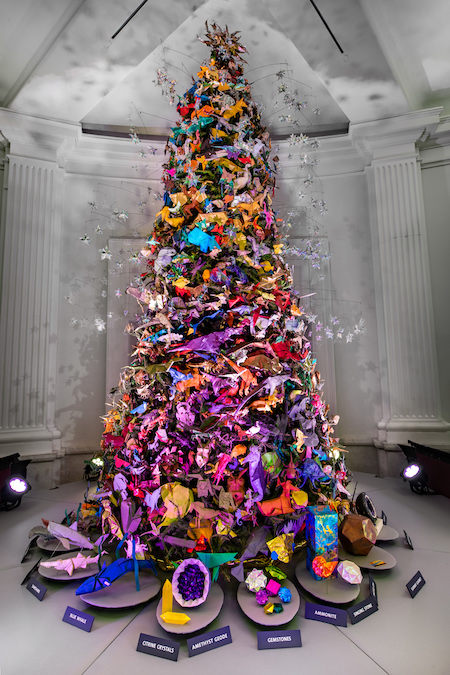
The origami tree. Photo credits: ©AMNH/D. Finnin.
By Susanne Beck
An artist behind this year’s famed origami tree at the American Museum of Natural History got his start in an unlikely spot — teaching children how to fold paper at a local restaurant.
It was at Ruby Foo’s, once a staple for Asian food at 77th and Broadway, that origami master Talo Kawasaki first understood the artistic opportunities that might await him.
Today, Upper West Siders, other New Yorkers, and tourists alike can see just how far Talo’s career in origami has come as they take in the joy that he and co-collaborator Ros Joyce have poured into the construction of the unfolding wonder of the 1000-plus characters adorning the holiday tree. Their masterpiece will be unveiled Wednesday, November 24 in the Grand Gallery at the museum. Admission is free.
Sadly, hungry visitors will no longer be able to stop by Ruby Foo’s, which shuttered back in March, 2010. But it remains an important turning point for Talo (pictured, at right) which forced him to think more about the paper-folding he had long enjoyed.
“During the [2008-09] recession, my whole graphic design and advertising freelance career stopped,” he recalls. “ I noticed on Craigslist a listing for an Upper West Side restaurant that was looking for an origami teacher on the weekends and I thought ‘I could do that.’” He put together a collection of figures he thought would be easy and fun for kids, to show the restaurant’s owner. As he was presenting them, Talo could barely finish before he was hired on the spot. “They asked if I could start that weekend and I said ‘sure’. I wasn’t getting any other business anyway,” he recalls. An origami pathway quickly unfolded from there.
Talo’s first lesson in origami came from his father at around the age of 9 or 10 when he learned a basic crane design. “I don’t think he knew what else to fold to tell you the truth,” he says fondly about his dad. “Maybe it was a way to connect with our heritage,” he adds. Talo and his younger brother and sister knew little about their parent’s previous life in Hiroshima, Japan, given their upbringing in New Orleans. “It was definitely a good way to occupy three small kids, though” when they took their first trip back to the country to see family in the mid-60’s.
Thinking back to that time, Talo says, “I just thought it was so cool to be able to take a sheet of paper and fold it into something.” Over the next decade, the emerging artist learned about a dozen different models, but admits that, with a full-time job, he was “dabbling more than developing.” It wasn’t until his weekend job at Ruby Foo’s that he thought otherwise.
“Suddenly, my whole direction in origami changed. I was doing origami on a regular basis, and I felt that if I was going to teach, I had to learn more because people would get tired of the same figures. That’s when I found out about “Origami USA”, the American national society devoted to origami, that not-so-coincidentally, traces its roots to the Museum of Natural History in the early 70s.
“That’s where things really took off for me,” Talo recalls. The community, the conventions, the people from all walks of life constantly creating inspired him to do more. “There is a whole underground and community around origami that the world does not know…I also find that origami people tend to be the happiest people around,” he chuckles.
Ros Joyce, Talo’s partner in creating the tree, first asked him to join her in leading the effort more than 15 years ago. “Talo is an artist. What else can I say? He is reliable and very, very creative. He has a good eye for color, for balance. He clearly loves it.” Ros herself has been involved with the origami tree since the beginning, noting with pride that this year marks the 50th anniversary of the first incarnation.
According to the museum website, the theme of this year’s 13-foot tree is Gems of the Museum, featuring 50 specially created gold-colored models in recognition of the “golden anniversary” 50th Origami Tree and this Museum tradition, which started in the 1970s. Among the more than 1,000 origami pieces decorating the tree will be models of dazzling specimens….”
Talo points to the blue whale ornament at the base of the tree as an illustration of just how relevant each item is to 2021. “See what’s on him?” he gestures. Like every recently vaccinated New Yorker, the miniature whale sports his very own band aid.

Talo himself is best known for a flapping bat design. But the two he loves most to share with beginners are a variation of the traditional hopping frog – “I think I can kind of claim it as mine though since I modified it enough” – and one called talking lips designed by a Korean artist. Both are considered action models since they move.
“They’re just so much fun to teach,” Talo says with a smile. “There’s nothing like showing or teaching someone else to make them that just lights up their eyes and their hearts and you just think ‘wow, I love this’.”
Learn more about the making of the origami tree here at the Museum website.



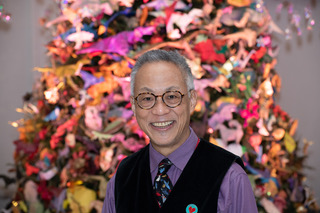
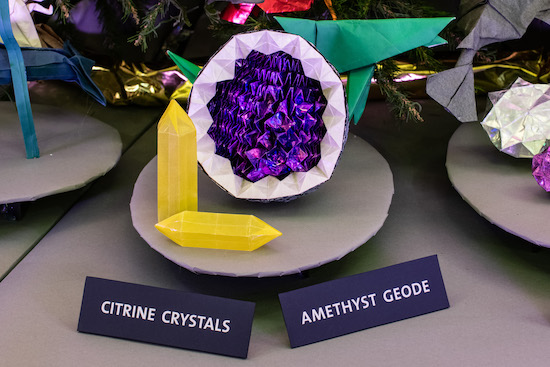

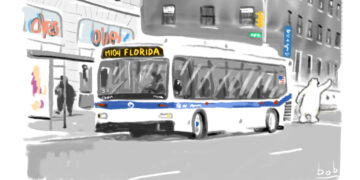

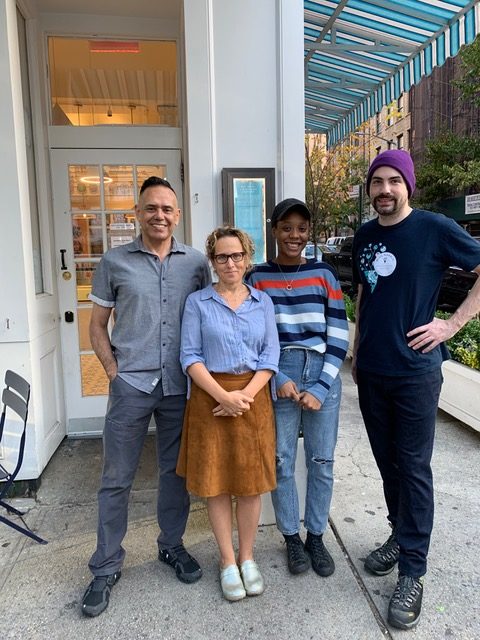
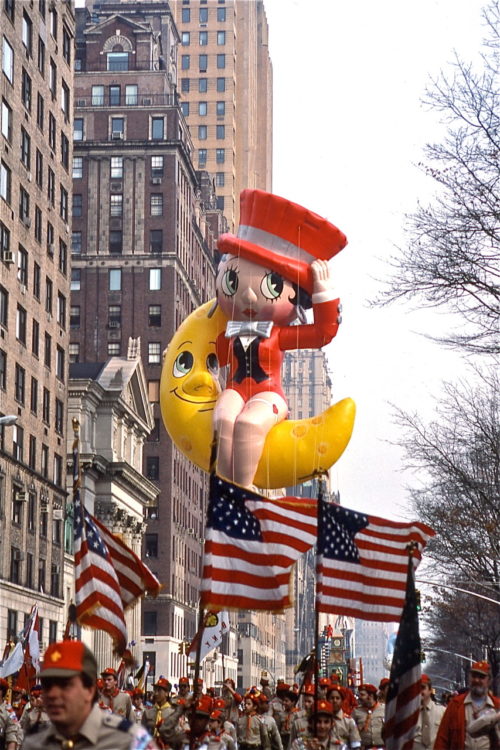
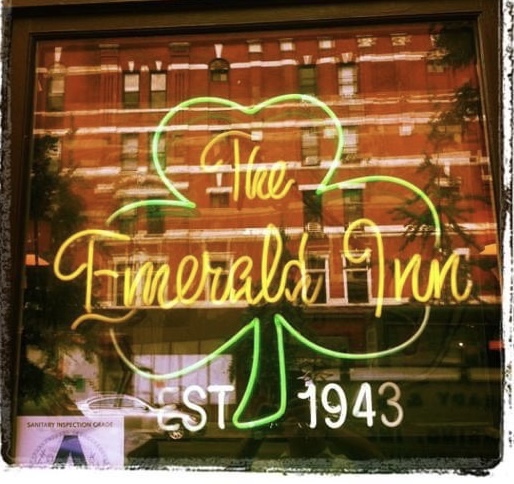
I learn so much on this website. And I adore, ADORE the origami tree. Thank you
Beautiful animals. – please see www. Paper for water. Org for the story of two young girls in Dallas TX who have folded for 10 years- raising over $2million fior over 300 water wells around the world. Such a beautiful art used for good!
Is admission in fact free? The Museum website page for the tree says “Free with admission”.